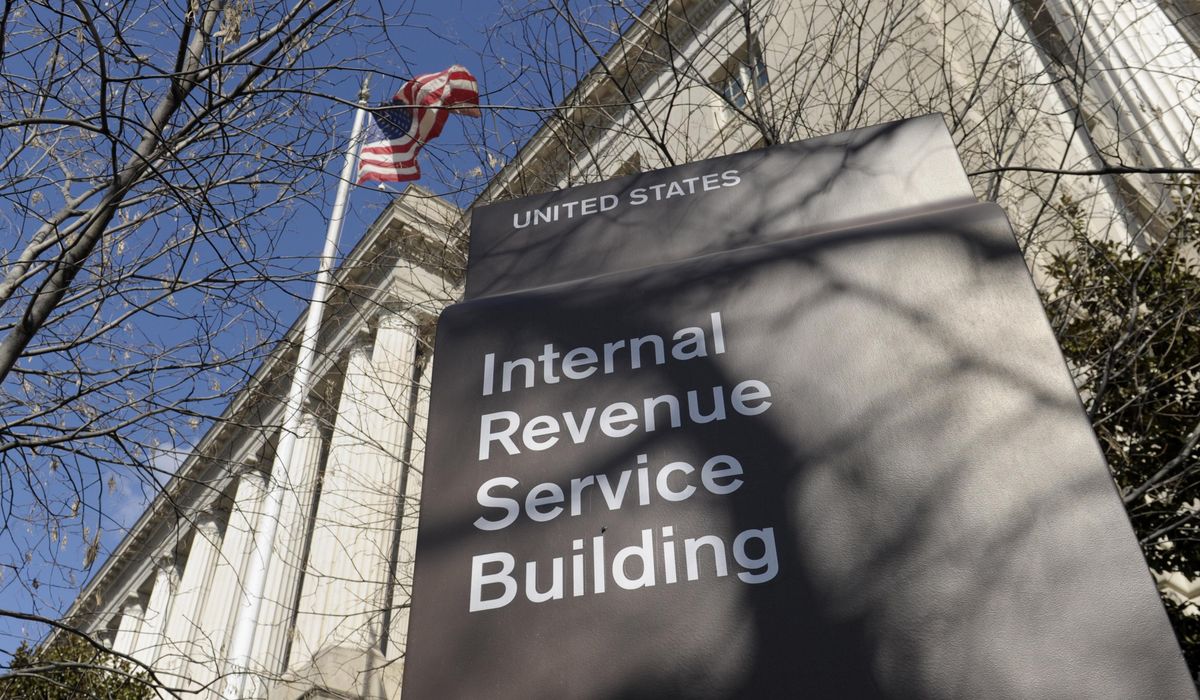
FRANKFURT—The European Central Bank kept its key interest rates on hold and said it would continue buying eurozone debt on a large scale through much of the year, diverging from other major central banks like the Federal Reserve that are moving quickly to phase out easy money amid a surge in inflation.
Annual inflation in the eurozone rose to a record of 5.1% in January, more than double the ECB’s target, increasing the pressure on the central bank to ditch its plans to keep rates on hold throughout the year.
The ECB’s caution reflects Europe’s weaker economic recovery and expectations that the current burst of inflation is unlikely to persist because it isn’t yet spilling over into wages. The ECB also has a watchful eye on Southern Europe, where borrowing costs are rising as investors price in a series of Fed interest-rate increases, putting pressure on the region’s highly indebted governments.
“In terms of economics, the ECB can afford to look through this [higher inflation]. But in terms of broader messaging, the optics don’t look good. It looks like the fire brigade is sitting on its hands,” said Stefan Gerlach, a former deputy governor of Ireland’s central bank.
The ECB said in a statement it would keep its key interest rate on hold at minus 0.5% and continue to buy tens of billions of euros of eurozone bonds a month at least through October.
ECB officials have repeatedly emphasized that they are unlikely to increase interest rates this year, but investors disagree and are pricing in rate rises of about 0.3 percentage point by December. That reflects expectations that eurozone inflation will remain clearly above the ECB’s 2% target this year.
The ECB is increasingly becoming an outlier among global central banks as both advanced and emerging economies start to increase borrowing costs or signal they will do so soon.
The Bank of England earlier Thursday said it would increase interest rates for the second meeting in a row, to 0.5%, and start to reduce its bondholdings. Fed Chair Jerome Powell signaled last week that the U.S. central bank would start to increase interest rates as soon as March. Investors are expecting about five Fed rate increases this year alone, as well as a reduction of its bondholdings.
In the eurozone, inflation is still somewhat lower than in the U.S. and the U.K., but its steady rise has likely surprised the ECB. The eurozone’s annual inflation rate of 5.1% in January compares with 5.4% in the U.K. and 7% in the U.S. in December.
The policy divergence between the Fed and the ECB reflects much more aggressive U.S. government spending and uncertainty about how tighter monetary policy would pan out in Southern Europe, which could be pushed into a big downturn. Crucially, wage growth is sluggish in the eurozone but very strong in the U.S.
The risk is that the ECB might have to increase interest rates sharply to get a handle on inflation, which could ricochet through the region’s economy and potentially trigger a recession.
In Brazil, the central bank on Wednesday increased its benchmark interest rate by 1.5 percentage points to 10.75% and signaled another increase at its next meeting. The Bank of Canada signaled last week it would soon start raising interest rates from record lows. Australia’s central bank this week ended its A$350 billion bond-buying program.
Bank of Japan Deputy Gov. Masazumi Wakatabe on Thursday denied speculation of early monetary tightening, saying the nation’s economy is just beginning to recover from the Covid-19 pandemic.
The comment came as some market participants and economists expect the Japanese central bank to follow the footprints of the Fed. In its latest outlook report, the central bank’s policy board expects consumer prices to rise about 1% in the year ending March 2024.
In Europe, economic growth slowed sharply at the end of last year, and the recent surge in inflation largely reflects higher energy costs, analysts said. Unlike the U.S., where wages are soaring, negotiated wages in the eurozone increased 1.36% year-over-year in the third quarter, a record low since the euro was introduced in 1999, according to ECB data. Geopolitical risks have risen amid tensions in Ukraine, which could push European energy costs even higher. The continent also faces a stretch of political uncertainty, with elections in France and Italy over the next 16 months.
The Fed’s actions in particular are expected to spill over into Europe. U.S. interest-rate rises tend to push up the value of the dollar against the euro, which supports European exports, growth and inflation. On the other hand, Fed rate increases also tend to push up eurozone borrowing costs as capital flows into U.S. markets, while reducing spending by U.S. households and businesses. That tends to curb European exports and growth.
“For the ECB, the main concern will be upward pressure on European bond yields, which has a contractionary effect,” said Mr. Gerlach. “That will delay any signal from the ECB.”
Italy’s 10-year government bond yields have risen to 1.45%, the highest level since mid-2020. Italy’s government debt stood at about 155% of the nation’s gross domestic product in the three months through September.
In Germany, Europe’s largest economy, price inflation has hovered around 5% for months, raising concerns about erosion of purchasing power in an inflation-averse population. House prices are also rising sharply, up about 12% year-over-year in the third quarter of 2021, in part because of ultralow interest rates.
“The patience of the [ECB’s] hawks is likely to wear thin as underlying inflation pressures continue to build over coming months,” said Frederik Ducrozet, an economist at Pictet Wealth Management in Geneva.
Write to Tom Fairless at [email protected]
Copyright ©2022 Dow Jones & Company, Inc. All Rights Reserved. 87990cbe856818d5eddac44c7b1cdeb8








